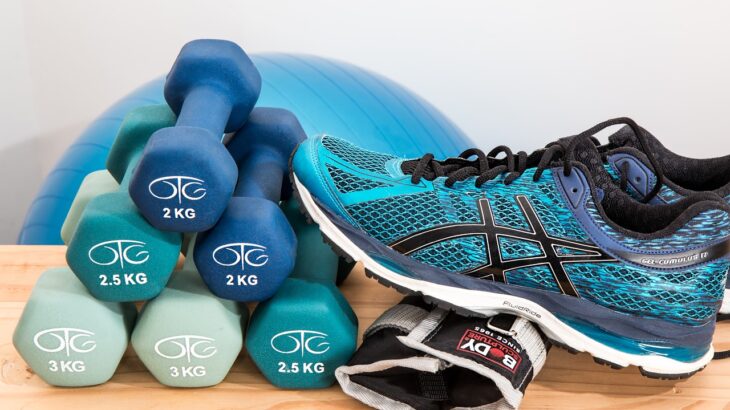By Cristina Sanza, guest contributor
“Should I do more cardio or weights?”
“Are dumbbells or machines better?”
“How long do I need to exercise to see results?”
Questions like these are all too common when you work in fitness. If you look to the media for answers, you’ll find them: a new study compares weights versus machines or all you need is a month to get fit.
But there’s one key facet of exercise that fitness and health reporters do not talk about much—consistency.
Our fitness and health are lifelong projects. Neglect them for too long and the problems start adding up, from diabetes to heart disease to obesity. Sedentary lifestyles are huge drivers of these global health issues, but research clearly shows that regular exercise is one of the most effective ways to reduce the risk of developing these diseases.
In much the same way we brush our teeth every day or make our bed in the morning, exercise should be something embedded in our routines—and the media needs to do a better job of emphasizing that.
Fitness media tends to focus on what people want to hear: how to get results as quickly as possible; a new study that suggests (insert exercise here) is best; an article on the new piece of exercise equipment (insert celebrity here) uses.
Undoubtedly, these articles will get a lot of clicks, because they mirror what many people are looking for—quick fixes and what’s new and trendy. And when sponsorship and ad revenue are at stake, the “gee wiz” news wins over snooze-worthy stuff. Who wants to read an article with the headline: “Exercise regularly for the rest of your life for optimal health”?
The role of a reporter is to get as close to the truth as possible. Within that scope, we should consider the context of a situation, and all the facts and data available. From there, we should seek to publish the closest possible version of the truth. And if we care about the long-term health of our audiences, we can start by being more honest with them.
If we look at the context, facts and data surrounding what type of fitness regimen yields the best results for overall health and wellness, it’s not really about whether we use weights or machines. Arguably, it’s not even about whether we do more cardio or focus our efforts on resistance training, especially when referring to untrained or sedentary folks.
Most of the benefits of exercise are seen when we are active on a consistent basis. Doing something, and sticking to it. With consistency, we start to observe our bodies change—like more muscle definition and some fat loss. And don’t underestimate the mental impacts either—from more mental clarity to stress relief.
Such positive changes can drive us to continue doing what we’re doing, eventually forming a habit. Suddenly starting your day without that 10-minute walk around the block just feels wrong.
Arguably, the media can impact public perception and equip people to make informed decisions about their health. To that end, the media can also help to inspire people to make changes. In some ways, it sounds a lot like the role of a good personal trainer—they provide their clients with engaging and research-backed exercise options that keep them motivated in the gym.
What role, if any, can fitness content play in helping people become engaged in exercise on a regular basis? Some research suggests not everyone who consumes it adopts an exercise routine, leading people to even more of a sedentary lifestyle. Other researchers have established criteria for what draws people into particular fitness content creators: notably, a sense of expertise, trust and attractiveness.
Like personal trainers, fitness reporters should also find this balance between facts and fun. They should:
- Draw people in with interesting new research, but be explicit about its limitations.
- Talk about the new celebrity fitness gadget, but dig deeper and contrast it to the equipment that has produced decades of results.
- Present a fun new fitness challenge, but be upfront about its long-term impacts. emphasize the routine needs to be continued or suggest a follow-up program.
- Speak to, and potentially work with, a diversity of fitness experts, from exercise scientists to physical therapists.
While fun is what brings people to click or view, providing accurate context is what builds trust. With trust, people are more likely to go from their couch to 10K.
What we write today can inspire someone to move their body tomorrow. Don’t mislead them with fancy routines with limited results. Equip them to build a habit.
Banner image by Steve Buissinne on Pixabay.




